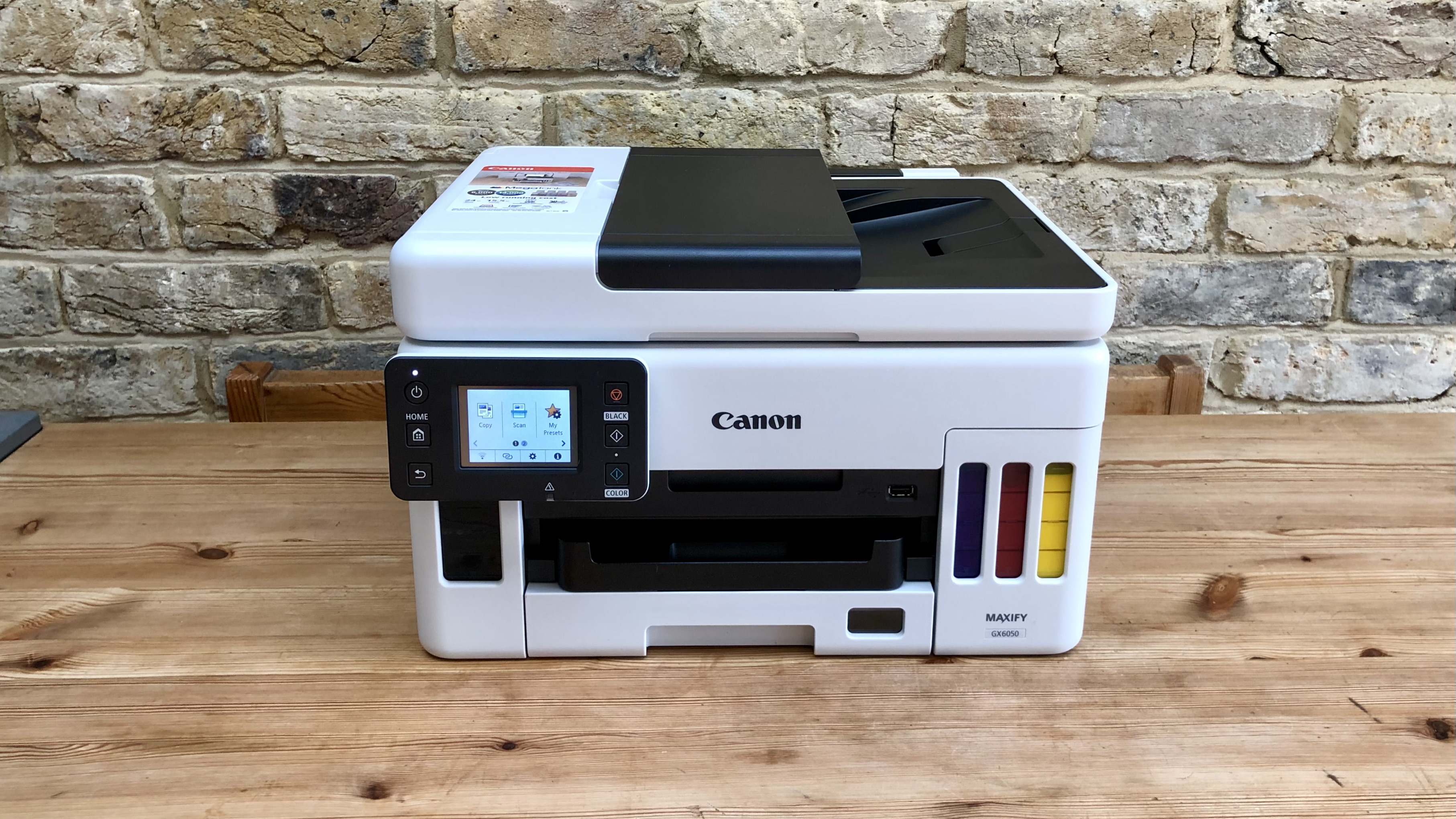Ink tank vs cartridge: What's the difference?
Efficient printing depends on the right ink system

As someone who's spent countless hours researching and testing various printers, I can tell you that the choice between an ink tank and an ink cartridge can make a world of difference in your printing experience and your wallet.
But with so many options on the market, figuring out which system is right for you can feel like a daunting task. Do you need the high-volume capacity of an ink tank? Or would the convenience of cartridges better suit your needs? And what about those initial costs versus long-term savings?
In this comprehensive guide, I'll break down the ins and outs of ink tanks and cartridges, covering everything from how they work to their pros and cons. By the end of this article, you'll be equipped with all the knowledge you need to choose the perfect printing solution for your home or office.
We’ve also listed the best ink tank printers and best all-in-one printers.
What is an ink tank?
Ink tank printers, also known as continuous ink tank printers or integrated bulk ink systems, represent a relatively new innovation in the printing world. These printers feature built-in, refillable reservoirs that hold a large quantity of ink. Unlike traditional cartridge systems, ink tanks don't have an inbuilt print head. Instead, they utilize an integrated bulk ink system that supplies ink directly to the printer.
The concept is simple yet effective. When you need more ink, you simply refill the tanks using ink bottles. This process is akin to refueling your car – you're adding more of what you need without replacing any components. The ink is then delivered to the print head via an airtight tube, which helps prevent the ink from drying out when the printer isn't in use.
A significant advantage of ink tank printers is their high page yield. A single refill can produce an impressive 6,000 to 7,000 pages, far surpassing the capacity of conventional cartridges. This high yield translates to a much lower cost per page, making ink tanks an attractive option for high-volume printing needs.
Are you a pro? Subscribe to our newsletter
Sign up to the TechRadar Pro newsletter to get all the top news, opinion, features and guidance your business needs to succeed!
However, it's worth noting that ink tank printers typically come with a higher upfront cost. The technology and components required for the integrated bulk ink system contribute to a more expensive initial purchase. But for those who print frequently, this higher upfront cost can be offset by the long-term savings on ink.
Pros
- Lower cost per page
- High page yield
- Less frequent refills
- Reduced ink drying issues
Cons
- Higher upfront printer cost
- Potential mess during refills
- Limited printer model options
- Learning curve for refilling
What is an ink cartridge?
Ink cartridges have been the staple of inkjet printers for decades, and for good reason. These small, self-contained units house both the ink and the print head in one convenient package. When you buy a cartridge-based printer, you're investing in a tried-and-tested technology that's been refined over years of use.
The principle behind ink cartridges is straightforward. Each cartridge contains a reservoir of ink and a print head, which is the component that actually deposits the ink onto the paper. When you print, the cartridge moves back and forth across the page, precisely releasing tiny droplets of ink to form your text or images.
Cartridge-based printers have a lower initial cost. Because the technology is well-established and widely produced, manufacturers can offer these printers at more affordable prices. Replacing cartridges is also a breeze. When one runs out, you simply remove it and click a new one into place.
However, it's worth noting that this convenience comes at a cost — replacement cartridges can be expensive, especially if you print frequently. Another consideration with ink cartridges is their potential to dry out. Unlike ink tanks, which use an airtight delivery system, cartridges are more susceptible to drying when left unused for extended periods.
Pros
- Lower upfront printer cost
- Easy cartridge replacement process
- Wide range of printer options
- Familiar, established technology
Cons
- Higher cost per page
- More frequent replacements needed
- Potential for ink drying
- Environmental concerns with disposal
Ink tank or cartridge: Which is better?
Now that we've explored both ink tanks and cartridges in detail, you might be wondering which one is the better choice. The truth is, there's no one-size-fits-all answer. The best option for you depends on your specific printing needs, budget, and preferences.
Let's recap the key differences. Ink tank printers offer a lower cost per page and higher page yields, making them ideal for high-volume printing. They're a great choice if you print frequently and don't mind a higher upfront cost in exchange for long-term savings. On the other hand, cartridge printers are more affordable initially and offer the convenience of easy replacements, but they tend to have higher running costs over time.
If you ask me, ink tank printers are a game-changer for home offices or small businesses that print hundreds of pages each month. The savings on ink can be substantial, and the reduced need for replacements means less hassle and waste. However, for occasional printers or those who prioritize photo quality, a cartridge-based printer might still be the way to go.
When making your decision, consider your average monthly print volume, the types of documents you typically print, and your budget for both initial purchase and ongoing costs. Remember, the printer that saves you the most money in the long run is the one that best matches your actual usage patterns.

Ritoban Mukherjee is a tech and innovations journalist from West Bengal, India. These days, most of his work revolves around B2B software, such as AI website builders, VoIP platforms, and CRMs, among other things. He has also been published on Tom's Guide, Creative Bloq, IT Pro, Gizmodo, Quartz, and Mental Floss.